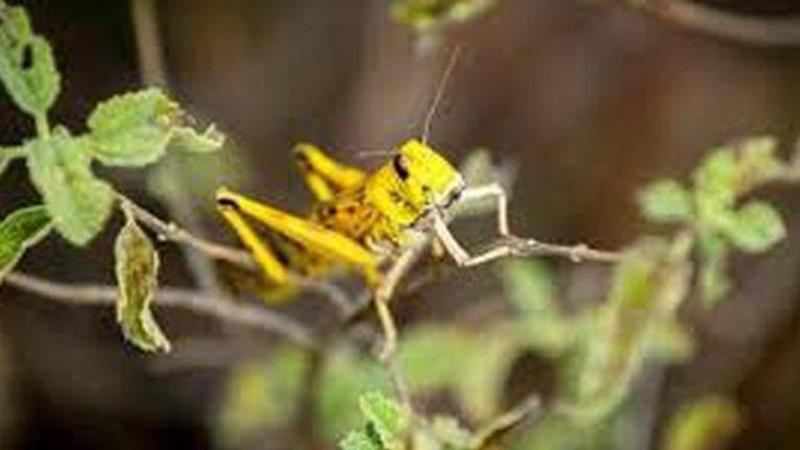Published 19:46 IST, February 3rd 2020
Swarms of locusts spotted in Punjab villages, threat neutralised
Swarms of locusts were spotted in two border villages of Punjab's Fazilka district, prompting the state Agriculture Department to sound a high alert

Advertisement
Swarms of locusts were spotted in two border villages of Punjab's Fazilka district, prompting the state Agriculture Department to sound a high alert.
Emanating from Pakistan, the swarms of pests-three to four-km-long and one-km-wide, settled at the trees in these border villages on Sunday evening, officials said on Monday. However, timely action against the attack ensured their elimination, the officials said, adding that no damage was caused to crops.
"Swarms of locusts were spotted at Wareka and Roopnagar villages of Khuian Sarwar block of Fazilka on Sunday," said Punjab Agriculture Department Director Sawtantar Kumar Airi said, adding that locusts came from the Pakistan side. As soon as swarms of locusts were spotted near the villages, a team including members from the Agriculture Department and fire brigade was pressed into service to eliminate pests, Joint Director Gurwinder Singh said.
"About 400-500 tonnes of insecticides were used to eliminate locusts," Singh said, adding that boomer and tractor-mounted highvelocity sprayers besides fire brigade vehicles were used to control the pests.The operation started Sunday night and was completed Monday morning, officials said. A few days ago, Punjab Chief Minister Amarinder Singh had shot off a letter to Prime Minister Narendra Modi, urging him to raise the issue with Pakistan.
The CM had warned that any failure to control the pests could lead to serious implications for agriculture production in India, especially in Punjab, Haryana, Rajasthan and Gujarat, which will ultimately hit commodity prices and food security. Locusts, popularly known as 'tiddi dal', were earlier spotted in some villages of Fazilka, Muktsar and Bathinda districts. Locusts are short-horned grasshoppers with highly migratory habits and voracious feeding behaviour. Their appearance in winter months is a new phenomenon.
India has not witnessed any full-blown locust cycles after 1962. However, during 1978 and 1993, large-scale upsurges were observed. Localised locust breeding was controlled in 1998, 2002, 2005, 2007 and 2010. Since 2010, the situation remained calm and no major breeding and swarm formation has been reported.
19:46 IST, February 3rd 2020




